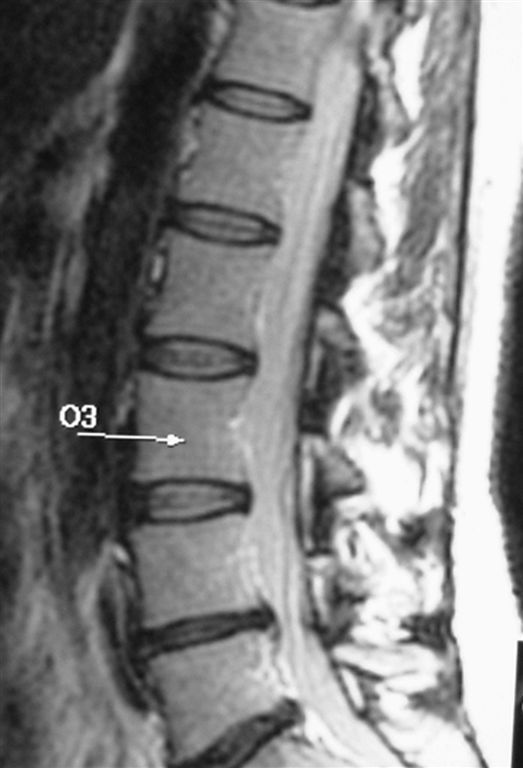Image-guided spine intervention yields long-term back pain relief
Results of a study by Greek researchers suggest that percutaneous disc decompression, a newly developed outpatient procedure for herniated vertebral discs, has better long-term effects than conservative therapy. They released findings Wednesday at the 2009 RSNA meeting.
Results of a study by Greek researchers suggest that percutaneous disc decompression, a newly developed outpatient procedure for herniated vertebral discs, has better long-term effects than conservative therapy. They released findings Wednesday at the 2009 RSNA meeting.
Percutaneous disc decompression involves inserting a needle into a herniated disc and removing tissue under an imaging guidance system. The procedure, which is done under local anesthetic, is minimally invasive and takes 15 to 60 minutes, depending on the number of discs being treated.
“This is for patients who do not have a motor deficit. They can walk normally, but they’re in pain,” said Dr. Alexis Kelekis, assistant professor of interventional radiology at the University of Athens.
The study consisted of two groups with 31 patients each, all of whom had a history of unsuccessful medical treatment for back or leg pain. One group was randomly assigned to undergo the interventional treatment, which Kelekis described as slightly painful. The other group underwent rigorous conservative therapy, which included physiotherapy and anti-inflammatory drugs. There were no previous differences between the two groups. Patients who were chosen to participate had clinical symptoms that were concordant with their herniated discs.
Patients in both groups reported positive results after three months. Those who underwent the percutaneous disc treatment continued to report decreased pain at 12- and 24-month follow-up. Those under rigorous conservative therapy, however, reported increased pain and decreased mobility after 12 months. Their negative symptoms increased through the 24-month period.
“The effect of the drugs lasts for a while, but slowly the pain comes back. You have to retake the drugs and restart the cycle,” Kelekis said.

According to Kelekis, patients who underwent the percutaneous disc treatment had a slower curve in the beginning, but its effect was sustained over the 24-month follow-up period. While some patients had immediate positive results, the complete effect took approximately three to six months.
“In a way we’re imitating what nature will do in the following years by degenerating mechanically those discs,” Kelekis said.
Kelekis stressed the importance of talking to the patient about both the procedure itself and other relevant clinical information.
“This is a new notion that’s been introduced lately to interventional radiologists, that we have to have the clinical backup and support for this kind of information,” Kelekis said. “If you’re doing something only as a performer, then you lose contact with your patient, and sometimes you can be wrong doing your procedure.”
The Reading Room Podcast: Current Perspectives on the Updated Appropriate Use Criteria for Brain PET
March 18th 2025In a new podcast, Satoshi Minoshima, M.D., Ph.D., and James Williams, Ph.D., share their insights on the recently updated appropriate use criteria for amyloid PET and tau PET in patients with mild cognitive impairment.
Study with CT Data Suggests Women with PE Have More Than Triple the One-Year Mortality Rate than Men
April 3rd 2025After a multivariable assessment including age and comorbidities, women with pulmonary embolism (PE) had a 48 percent higher risk of one-year mortality than men with PE, according to a new study involving over 33,000 patients.